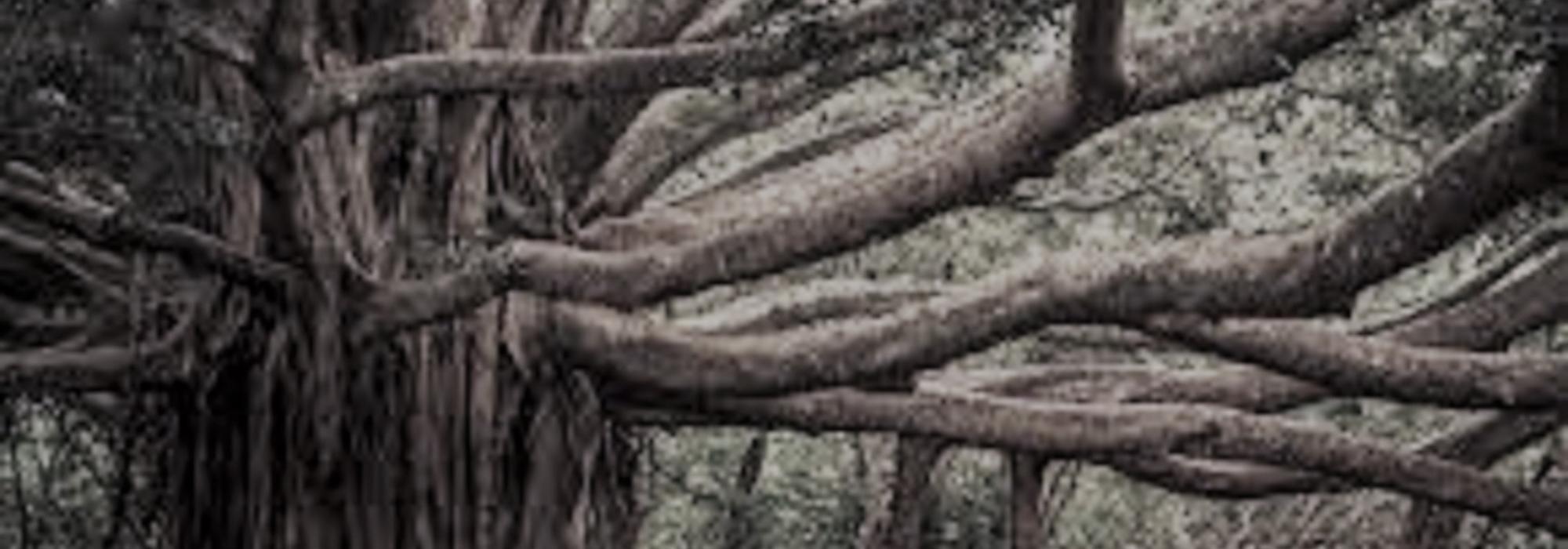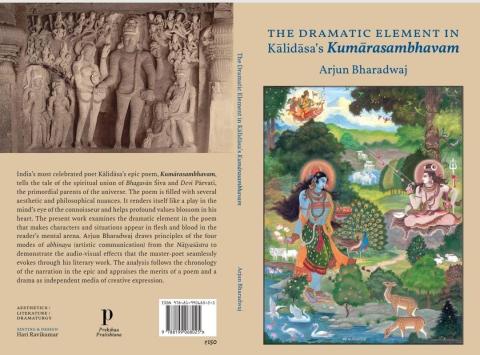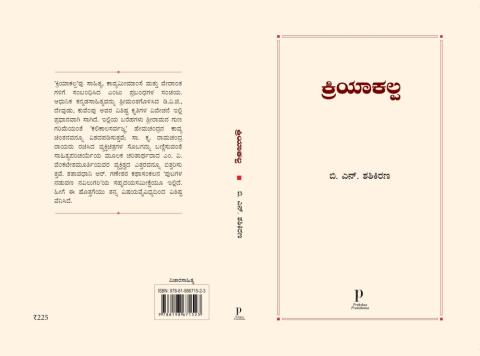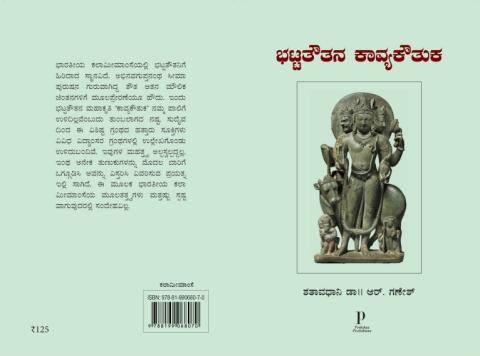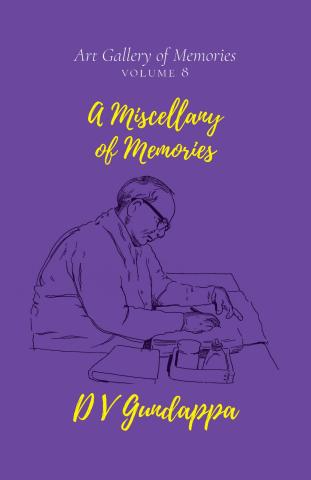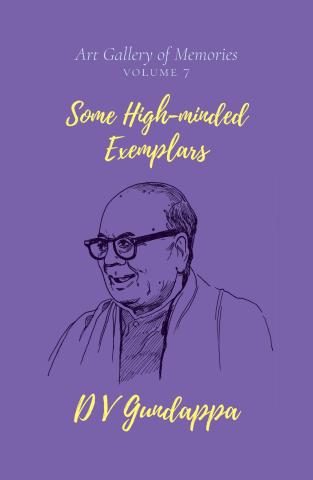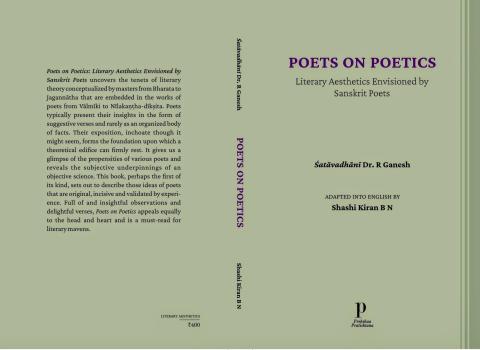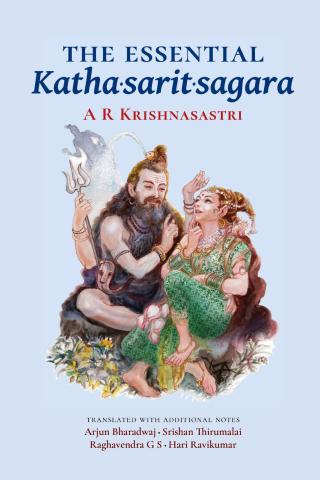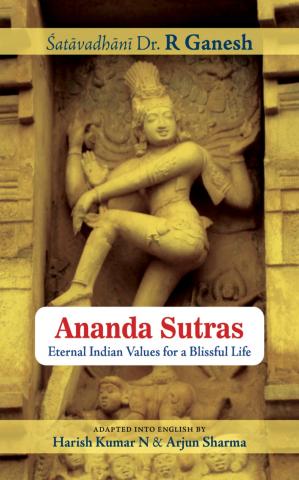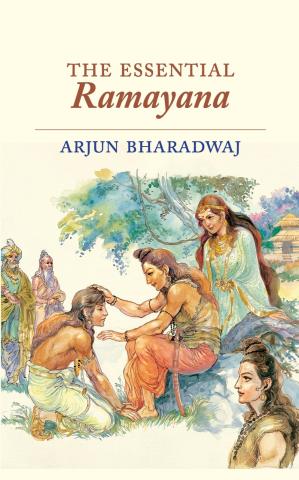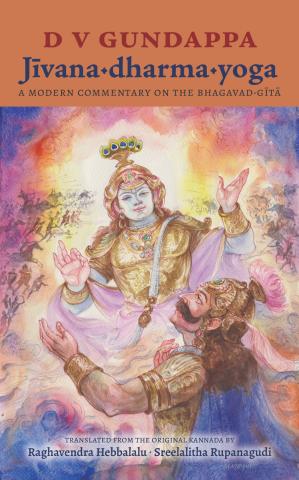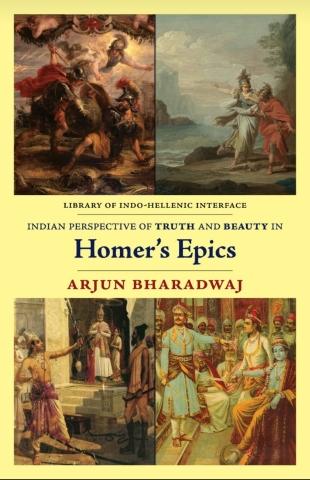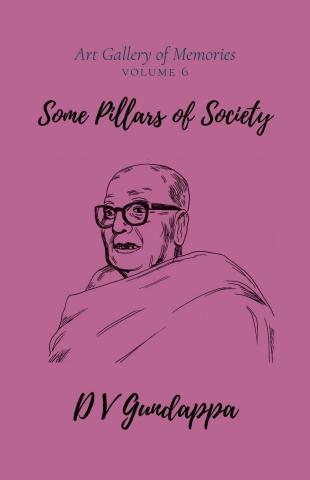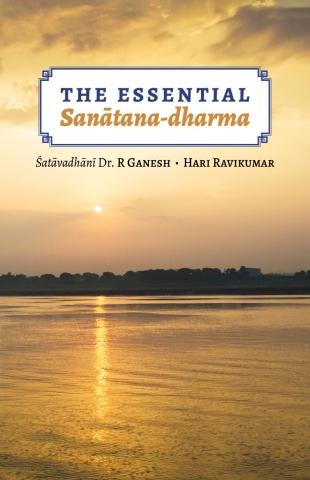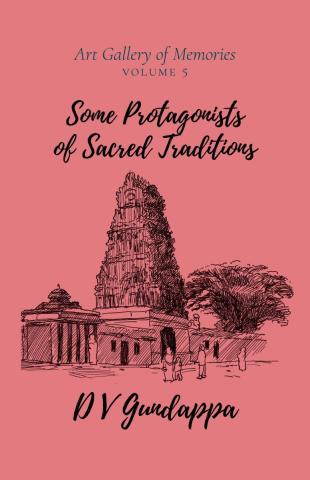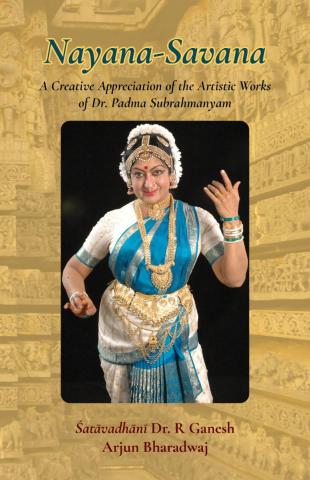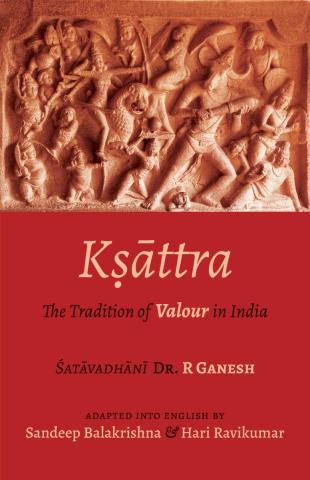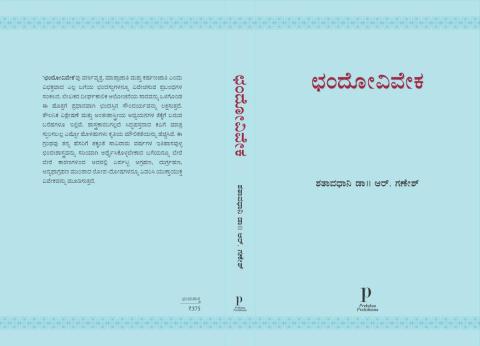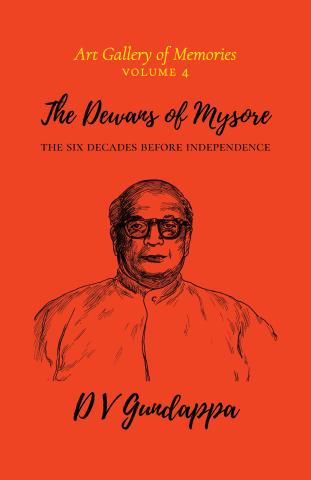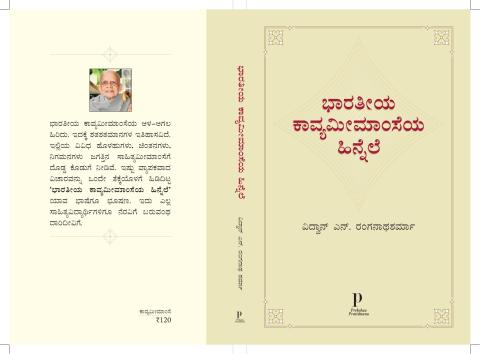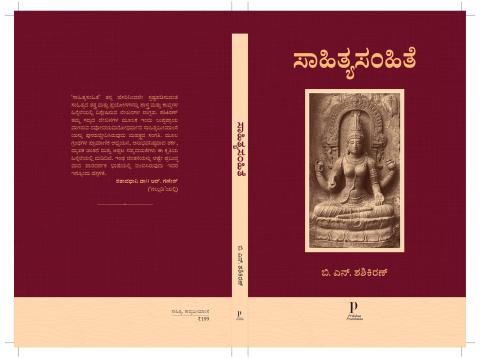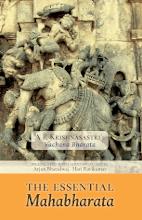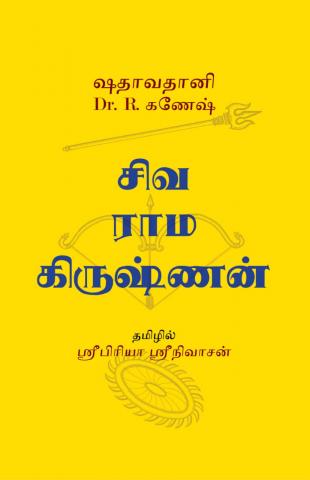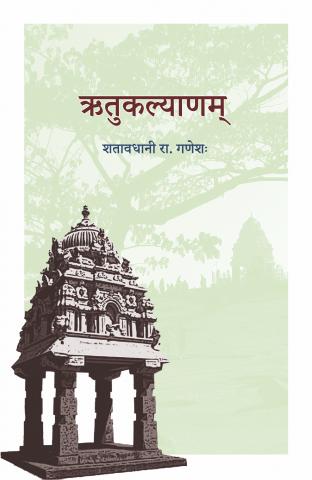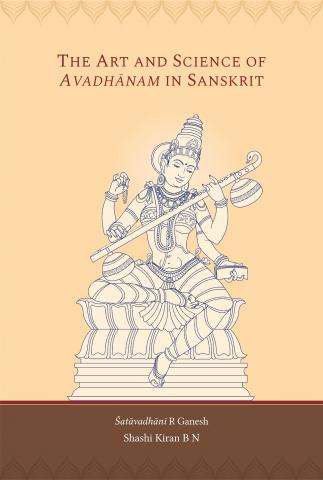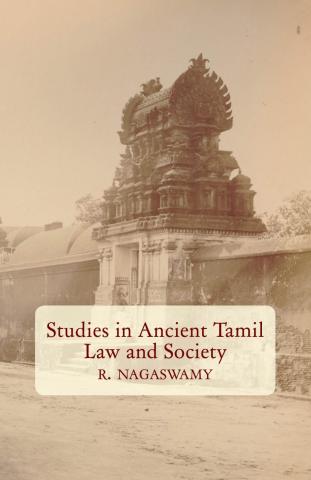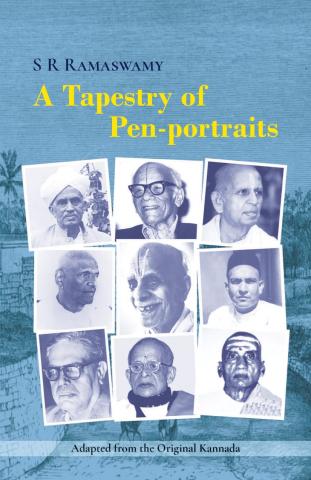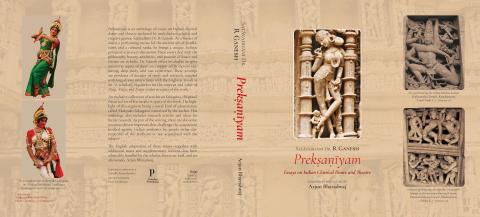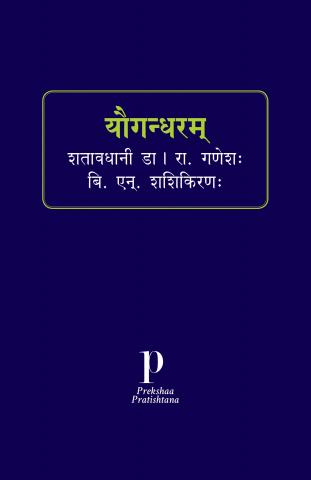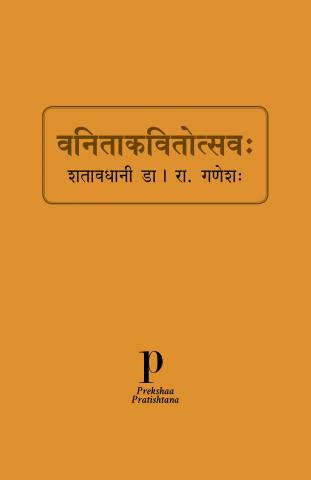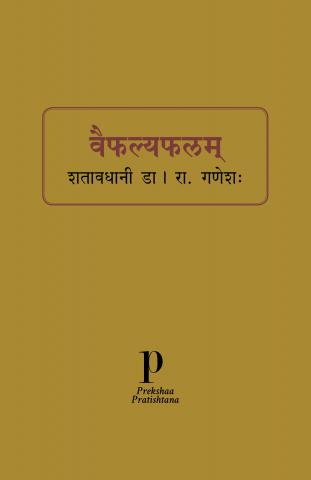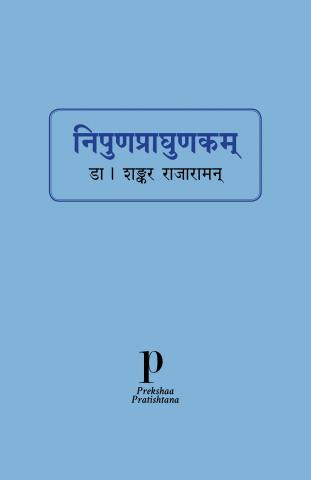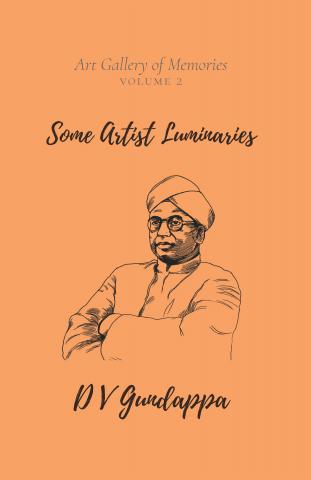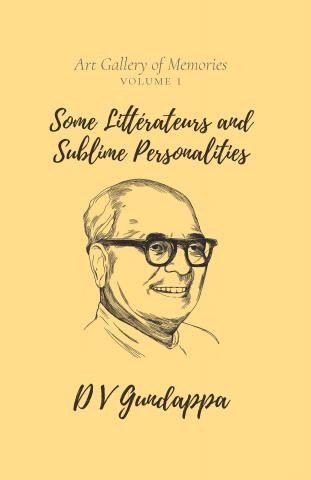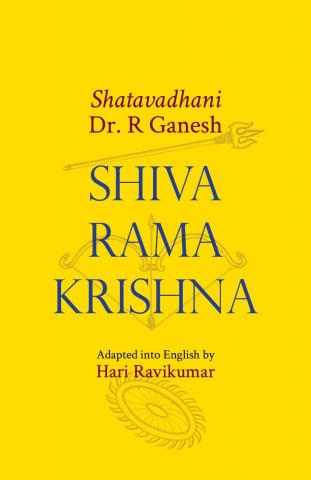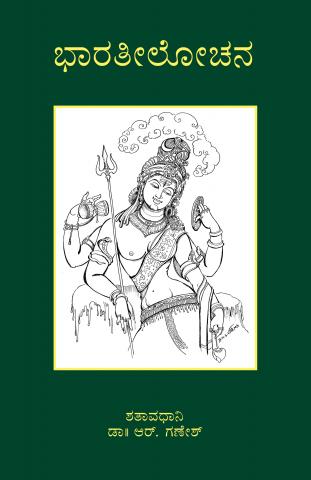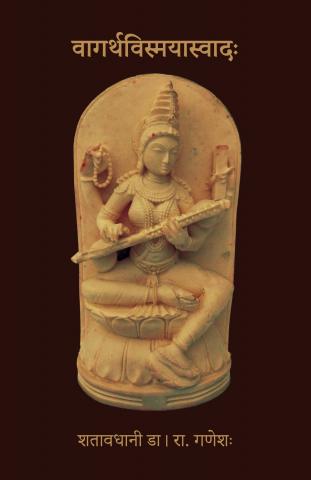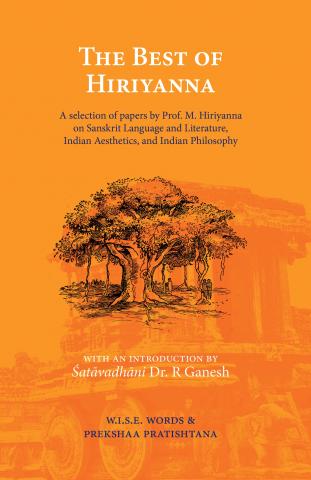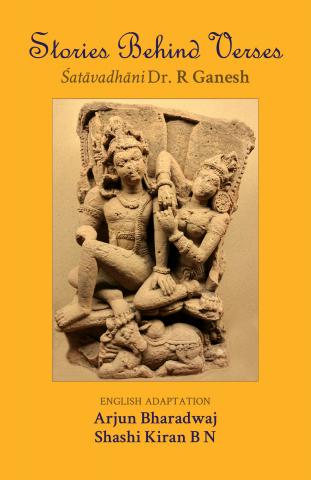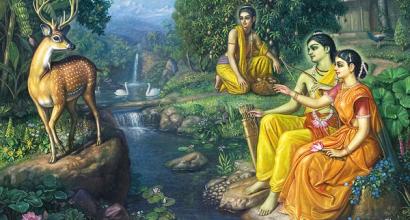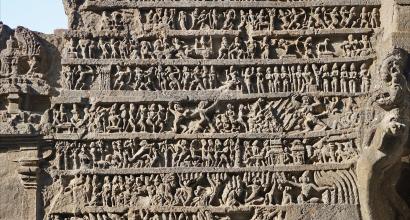There is nothing special in the characterisation in the Ratnāvalī and Priyadarśikā; the characters are well known through the works of Bhāsa and Kālidāsa; their names and nature were familiar to the readers of Harṣa. Vatsa-rāja is a dhīra-lalita-nāyaka, who is interested in various forms of art and is tender by heart; though he is not irresponsible, he desires luxury. His kingdom, treasury, and army are looked after by his ministers and commanders-in-chief. He does not play an active role in any of the valorous deeds that are reported in the nāṭikās; they are reported to him as being achieved by his army and commanders-in-chief. We see that his brain and heart are constantly engaged in the fulfilment of his romantic desires. He needs to spend a lot of energy in planning his romances, probably because of the demanding and adamant nature of Vāsavadattā. The Vāsavadattā portrayed by Harṣa is not the kind and loving one seen in the plays of Bhāsa; she appears as an irascible and iron-hearted woman in the nāṭikās; she expects her husband, who is a king, to ‘serve’ her. (See Ratnāvalī, Act 3, verse 18). Her anger needs to cool down of its own accord; (Ratnāvalī, Act 4, verse 1). In Priyadarśikā, we see a softer Vāsavadattā; though she behaves like a younger sister of Irāvatī in both plays, Kālidāsa’s portrayal of irascible queens is much better than Harṣa’s. The nature of the heroines Ratnāvalī and Priyadarśikā contrasts the characteristics of Vāsavadattā and Irāvatī; they are like the younger sisters of Mālavikā; Susaṅgatā describes Ratnāvalī as ‘lajjāvatī, vatsalā, udāra-śīlā, śaumya-darśanā,’ i.e., bashful, loving, kind, and charming; she uses these adjectives with regards to the princess not merely out of affection, but the play reveals that that’s the heroine’s true nature. It appears rather pardonable that Vāsavadattā’s husband fell in love with such a maiden – premābandha-vivardhitādhikarasa (Ratnāvalī, Act 3, verse 18).
Śṛṅgāra that is portrayed in these plays is neither profound nor noble – it is merely physical attraction and whims of the youth; thus, it appears rather raw and colourful; at times, it may seem vulgar as well. The romantic affairs in these works are not completely rooted in dharma and they do not possess sublime mādhurya. In fact, the difference in the flavour of the nāndī-padyas written by Kālidāsa and Harṣa reveals their temperament as well as the nature of their plays.
The play Nāgānanda is different from the nāṭikās. It is rooted in the principle of dāna-vīra and is a nāṭaka in five aṅkas. The following is the summary of its plot –
Jīmūtavāhana, a prince of the vidyādharas, while wandering around the Malaya mountains, spots Malayavatī, who had come there to perform pūjā at a devālaya dedicated to Devī Gaurī. The two fall in love with each other; her father, Viśvāvasu sees that he is a fitting groom for his daughter and sends a word that he will get her married to Jīmūtavāhana. However, it takes time for Jīmūtavāhana to realise that Viśvāvasu’s daughter is the maiden he had fallen in love with in the Gaurī temple and this leads to some confusion; finally, the two married. Everyone participates in the wedding celebration. (Acts 1, 2, and 3)
Once, when Jīmūtavāhana was roaming around the shores of the ocean, he spots heaps and heaps of bones of dead snakes; he learns the story behind such massacre of snakes and feels sorry for them. In the meantime, he spots Śaṅkhacūḍa, who had come there as Garuḍa’s food; when the nāga was away for a moment at Gokarṇeśvara, Jīmūtavāhana offers himself as food to Garuḍa. Mistaking him for the nāga Śaṅkhacūḍa, Garuḍa picks him up, lands on a rugged rock, and feasts upon him by pecking him with his beak. As this is going on, Śaṅkhacūḍa comes searching for him and realises what had taken place. Jīmūtavāhana’s aged parents as well as his newly married wife come there too. Jīmūtavāhana dies; his family decides to give up their lives by entering the fire as well; but by then, Devī Gaurī brings him back to life. Garuḍa brings amṛta from svarga, sprinkles it upon the bones of the snakes and brings them back to life. He repents for his deeds of the past and pledges that he will not harm the snakes in the future (Acts 4 and 5).
This story resembles the narration in the Kathā-sarit-sāgara (taraṅgas 22 and 90).[1] Therefore, it is likely that the Nāgānanda is based on the Bṛhatkathā as well. The structuring of the plot, stringing together of events, delineation of śṛṅgāra and karuṇa rasas as well as the inclusion of hāsya are results of the poet’s creative talent; he has added flesh and blood to the skeletal story that is found in the Bṛhatkathā tradition. The name of the play appears to have been conceived by the poet just like the Ratnāvalī and Priyadarśikā. One cannot deny that the name Nāgānanda goes well with the plot, and is pleasing to the ear and the heart.
To be continued ...
The current series of articles is an enlarged adaption of Prof. A. R. Krishnasastri's Kannada treatise Saṃskṛta-nāṭaka. They are presented along with additional information and footnotes by Arjun Bharadwaj.
[1] This occurs in Bṛhat-kathā-mañjarī (6, 11) and Vetāla-pañca-viṃśatī (15) as well.

